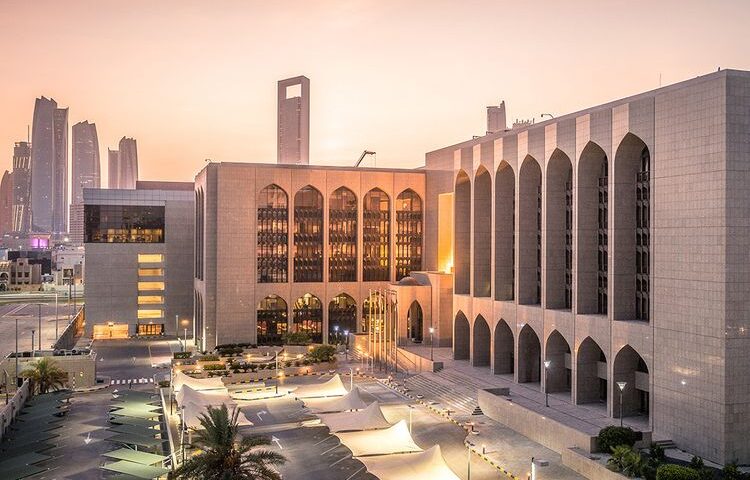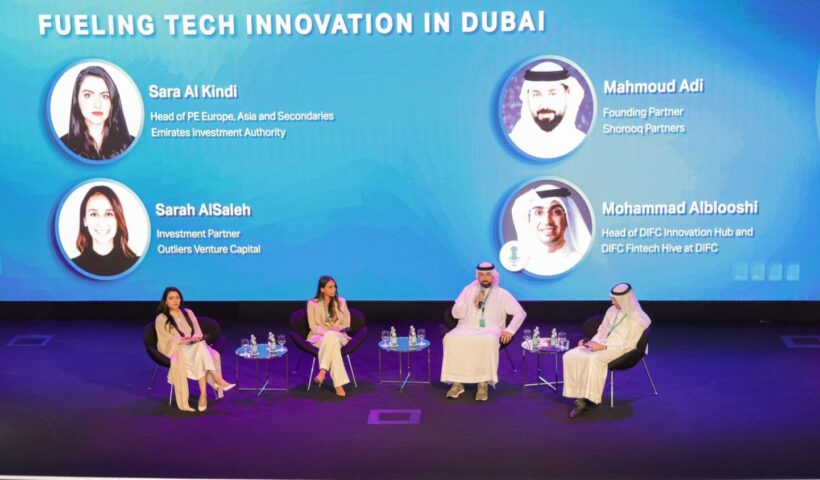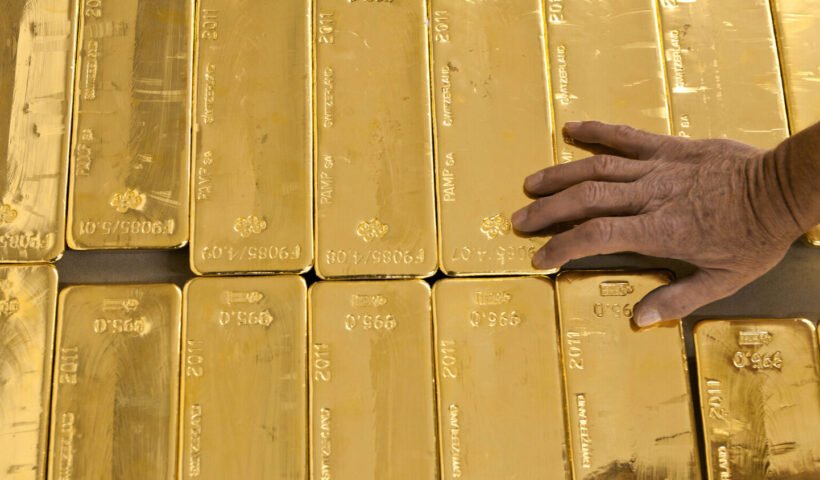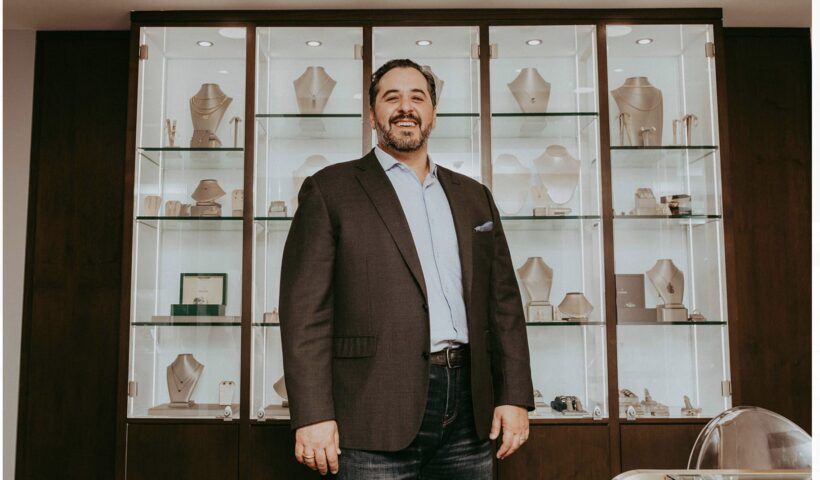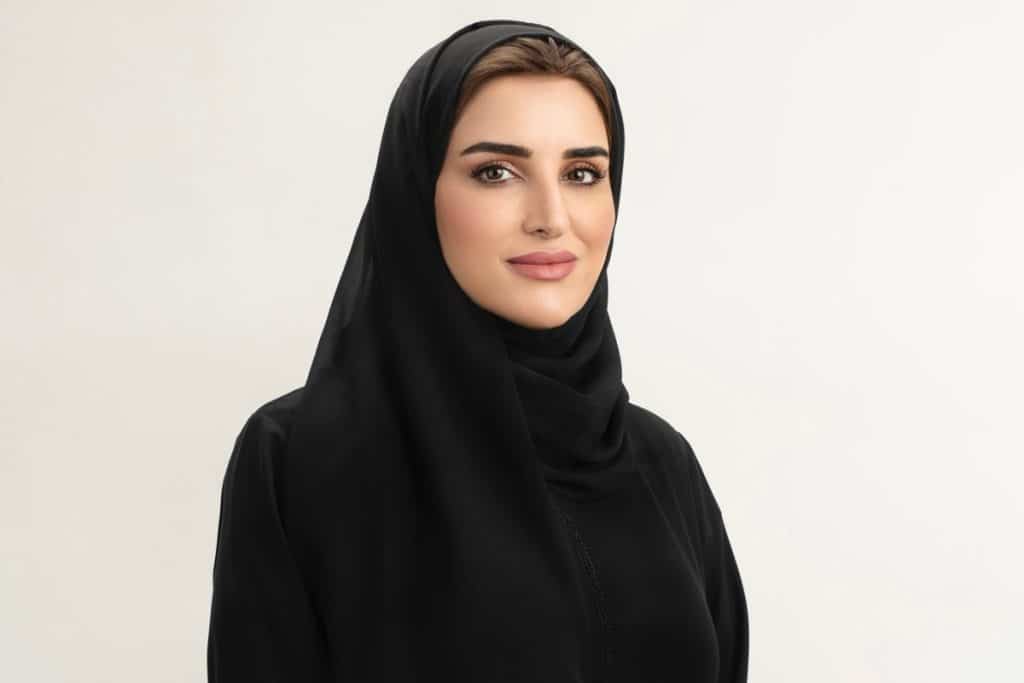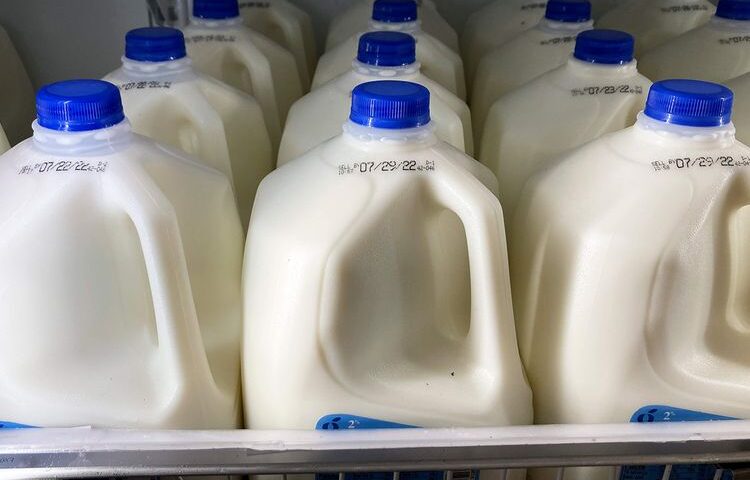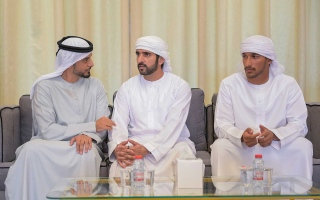He has nine runners — two in Dubai World Cup, three each in Dubai Golden Shaheen and Godolphin Mile and one in A.l Quoz Sprint
Bhupat Seemar, champion trainer of the UAE in his rookie year 2021-22, is just one night away from a possible second straight crown.
‘Rookie’ would be a misnomer for the 46-year-old Bhupat. He has been with horses almost all his life, and trained in the US for seven years at age 21 before coming to the UAE and joining his uncle Satish, one of the most successful trainers in the UAE.
A change of roles two years ago saw Bhupat assuming the main responsibilities at Zabeel Stables, and it’s been a seamless transition. Last season, his horses won 47 races and he was the runaway champion trainer. This season, he trails Doug Watson’s 38 wins by one.
On Saturday night, Seemar potentially has the chance to win four races. He has nine runners — two in Dubai World Cup, three each in Dubai Golden Shaheen and Godolphin Mile and one in Al Quoz Sprint.
We got his thoughts on his runners…
Bendoog (Dubai World Cup): He has Christophe Soumillon riding, who has won a few World Cups and knows his way around here. So, we’ve got a great jockey on him. The horse is doing great. I can’t say that ‘we’re in it to win it’. You have to be realistic. Hopefully, we will get a good race.
He broke his maiden in Dubai last year and is a big, massive horse and he kept on improving all year. He is by a great sire and got a great owner behind him. Everything is going well for him, and he is improving with every race.
Remorse (Dubai World Cup): He ran really well last year. He was drawn 11 which was not bad because he’s a smallish horse and doesn’t like much kickback. That outside draw helped him and he was still finishing in the race, which is very encouraging. He was, I think, four-and-a-half length behind (champion) Country Grammer.
Switzerland (Dubai Golden Shaheen): He’s getting old and doing everything right. There was no point putting too much mileage on his legs. He’s had a nice break. He’s fresh, and he runs well when fresh. There’s only one prep run and he won that impressively. If all goes well, we’re hoping for a good run. Tadhg O’Shea knows him very well. He’s got a great finish on him. If he can get a good position in the race, they go fast at finishing.
Sound Money (Dubai Golden Shaheen): He has only been here this year is going to be much-improved horse next year, because all these American horses improve with time. He had a great performance on his only start. And he’s actually improved since then. My only worry is sometimes when you get these horses and they run after a long time…in America, they call it the bounce effect. I hope that doesn’t happen because he’s running after three weeks. But he’s not showing any signs of that.
Tuz (Dubai Golden Shaheen): He’s been a talented horse. And I’ve been bragging about him all the time. But I think it’s probably a trainer error that we were running him a bit too far. We brought him back in distance in 2021 and we ran him at a mile and he won. So, we kept him at a mile. I was like, he’s got too much speed. He is actually a sprinter.
Logo Hunter (Al Quoz Sprint): When we ran him the last time (Group 2 Blue Point Sprint on February 10), he’d only been in our stable for about 15 days. And from then to now, what I see in the mornings, he is a whole different animal. When he came, he was a bit of a woolly bear. He’s now got the Dubai coat on him. He is shining and his gallops are good. He should probably give a good account.
Discovery Island (Godolphin Mile): On form, looks like he’s going to be the best of our three in the race. Unfortunately, we’re drawn out in the carpark. Again, it might not be too bad a draw for him because he’s a little bit slow out of the gate. He doesn’t want too much kickback on him. You know, he makes it hard for himself. But he’s a very, very good horse. He’s doing everything right.
Law Of Peace (Godolphin Mile): Law of Peace is one of those sleepers who sits at the back. Richie will have to have ice on his bones and sit in the back and chill. And he just runs home.
Royal Mews (Godolphin Mile): Finished third to Discovery Island in the Group 3 Burj Nahaar race on Super Saturday. He had to go around everybody and do it the hard way. Royal Mews is one of those horses who puts himself in a race. Draw really doesn’t matter to him. But it’s a good thing that he’s got draw three. He’s got plenty of early tactical speed and he can sit in a race he can do whatever needs to.


